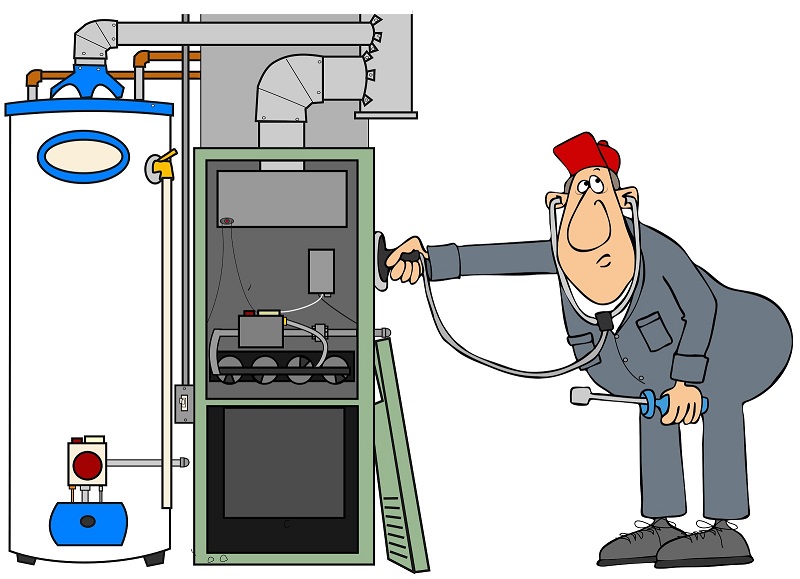How long will your furnace last? There is no definite answer, although the average lifespan of a furnace is 15-30 years. Year, make, model will be a big factor in how long a furnace will remain safe. In very rare cases, a homeowner will have a furnace up to 40 years old that is not leaking carbon monoxide from the heat exchanger.
How you use your furnace and how well you keep up with maintenance are among the top factors that will significantly impact the length of your furnace’s useful life.
Looking to extend your furnace’s lifespan? Here is a look at what you can do to not only prevent premature failure but also ensure that your furnace performs at maximum efficiency.
- Careful with the Thermostat Settings
Adjusting your thermostat settings often will put more stress on your furnace as it has to work harder. This kind of stress will cause your furnace to wear out faster. Instead, you should try to maintain one temperature setting for at least 8 hours a day, every day.
You may also want to look into getting a programmable thermostat. These thermostats give you more control over your heating system’s usage, so you can avoid overworking your unit and diminishing its longevity. This Programing allows setting a schedule for adjusting the temperature based on time of day or season, ensuring your furnace is not working full throttle when it doesn’t have to. Running your furnace at a higher temperature can also lead to the heat exchanger overheating and cracking years before it would have been a problem.
- Replace Filters Regularly
Make a point of replacing your furnace filter regularly. A monthly change is ideal and will improve your furnace’s lifespan. A dirty or clogged filter will put undue stress on the blower and will not allow sufficient airflow through the furnace heat exchanger. Your furnace will need to work a little harder to pump air through your spaces, making your unit wear out faster.
- Keep your Spaces and Indoor Air Vents Clean
Dust, dirt, and any other debris settling on the ducts will serve to obstruct airflow to your furnace filter, causing the furnace to overwork and wear out much faster. Furniture and clutter on or around the indoor air vents is a cause for premature furnace failure. To avoid this, ensure that you regularly clean your spaces and pay particular attention to the air duct vents.
- Seal Air Leaks
Leaks in your ductwork will allow the warm air from your furnace to escape. To compensate for this lost warm air, your furnace has to work a little harder in order to keep your spaces at the desired temperature setting. The harder your system works, the faster its useful life diminishes.
- Add Insulation
Uninsulated ducts will easily lose some of the warm air they carry from your furnace to your spaces. Properly insulating these ducts will minimize this loss, ensuring your furnace doesn’t have to overwork in order to warm up your home. Some will say that uninsulated ducting warms other parts of the home not regulated with air vents and like the benefit of the warm unconditioned space. It is a conversation for another day!
Similarly, adding attic insulation will help ease the burden on your furnace. With proper and adequate insulation, the warmth generated from your furnace will stay within your spaces, lightening the workload on the furnace.
- Schedule Regular Maintenance
Ultimately, regular maintenance will determine how long your furnace lasts. A proper and timely tune-up will do a lot to increase your furnace’s lifespan. A qualified and experienced HVAC technician will thoroughly inspect and clean your furnace. If there are any issues, addressing them as soon as possible before they become a real problem will not only save you money but will ensure your furnace does not fail prematurely. A professional will recommend that you schedule a furnace tune-up every year.
As outlined, there is much you can do to prolong the life of your furnace. By taking a few easy steps, you can look forward to your unit lasting well beyond the estimated average lifespan of a furnace.

